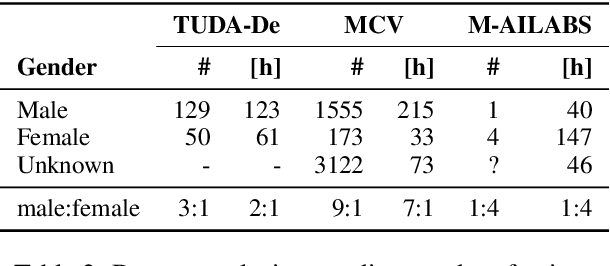Robustness of end-to-end Automatic Speech Recognition Models -- A Case Study using Mozilla DeepSpeech
Paper and Code
May 08, 2021



When evaluating the performance of automatic speech recognition models, usually word error rate within a certain dataset is used. Special care must be taken in understanding the dataset in order to report realistic performance numbers. We argue that many performance numbers reported probably underestimate the expected error rate. We conduct experiments controlling for selection bias, gender as well as overlap (between training and test data) in content, voices, and recording conditions. We find that content overlap has the biggest impact, but other factors like gender also play a role.
 Add to Chrome
Add to Chrome Add to Firefox
Add to Firefox Add to Edge
Add to Edge